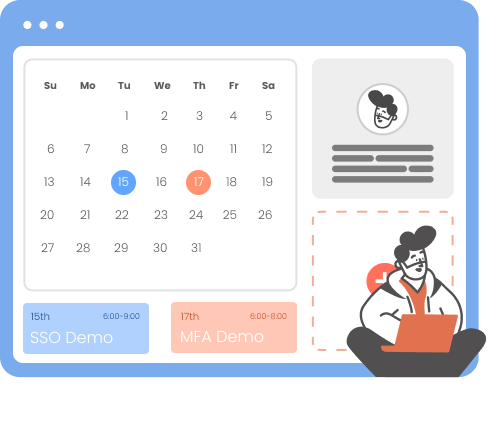Need Help? We are right here!
Need Help? We are right here!
Thanks for your Enquiry. Our team will soon reach out to you.
If you don't hear from us within 24 hours, please feel free to send a follow-up email to info@xecurify.com
Search Results:
×miniOrange Identity Broker service solution enables cross protocol authentication. You can configure SiteMinder as an IDP for Single Sign-On (SSO) into your applications/websites. Here, SiteMinder will act as an Identity Provider (IDP) and miniOrange will act as a broker.
We offer a pre-built solution for integrating with SiteMinder, making it easier and quick to implement. Our team can also help you set up SiteMinder as SAML IDP to login into your applications.
miniOrange offers free help through a consultation call with our System Engineers to configure SSO for different apps using SiteMinder as IDP in your environment with 30-day free trial.
For this, you need to just send us an email at idpsupport@xecurify.com to book a slot and we'll help you in no time.
miniOrange provides user authentication from various external sources, which can be Directories (like ADFS, Microsoft Active Directory, OpenLDAP, AWS etc), Identity Providers (like Microsoft Entra ID, Okta, AWS), and many more. You can configure your existing directory/user store or add users in miniOrange.
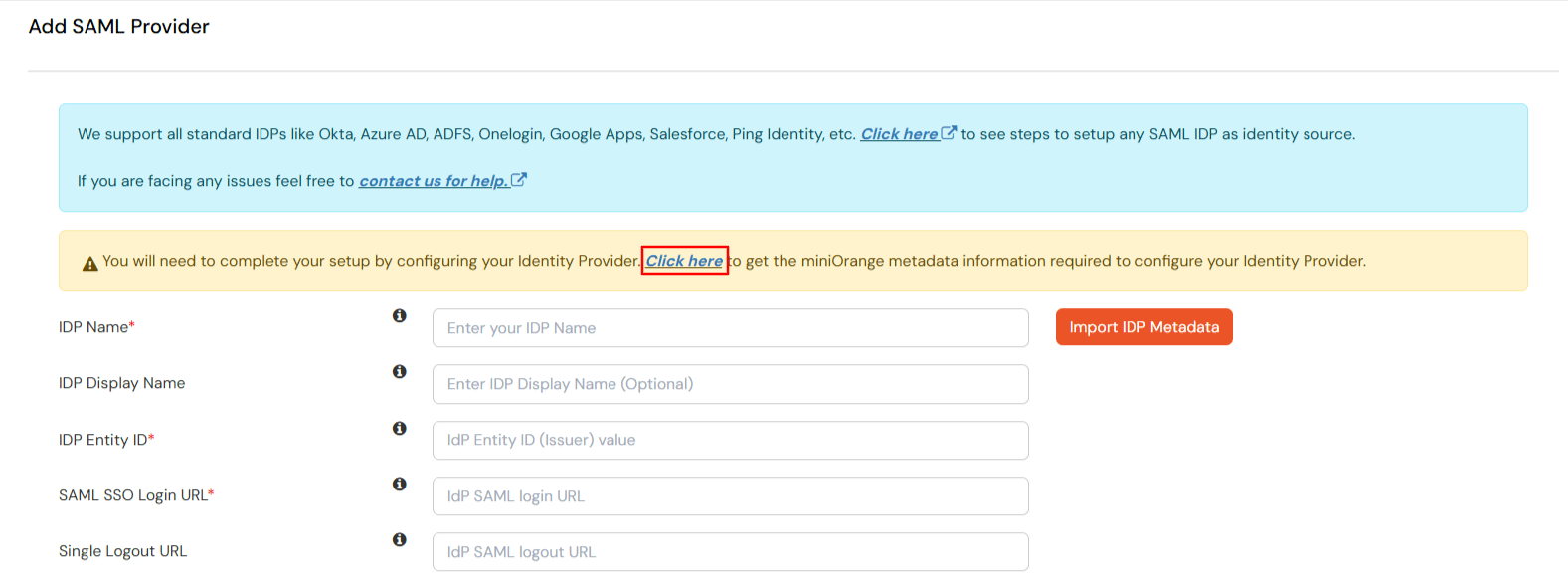
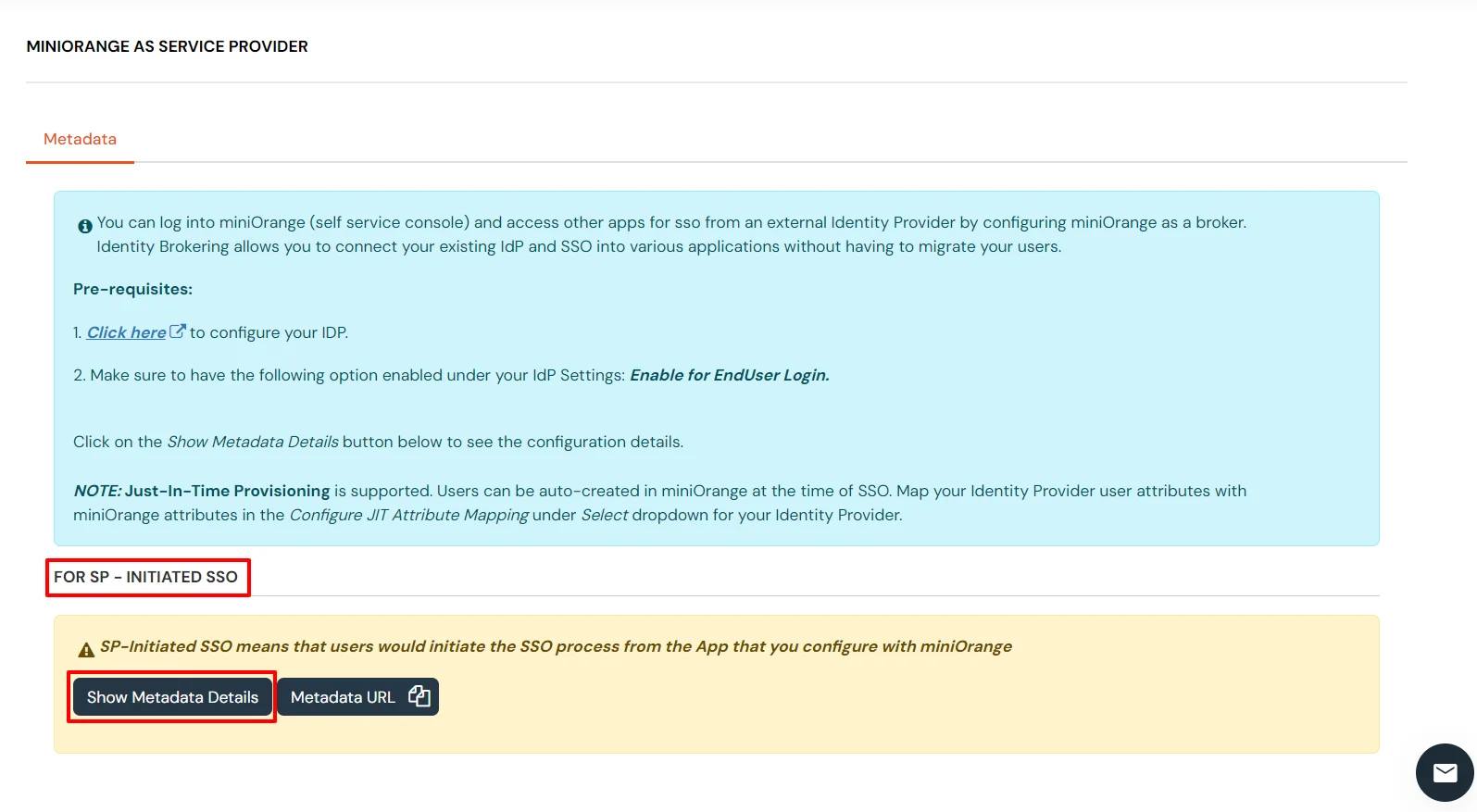

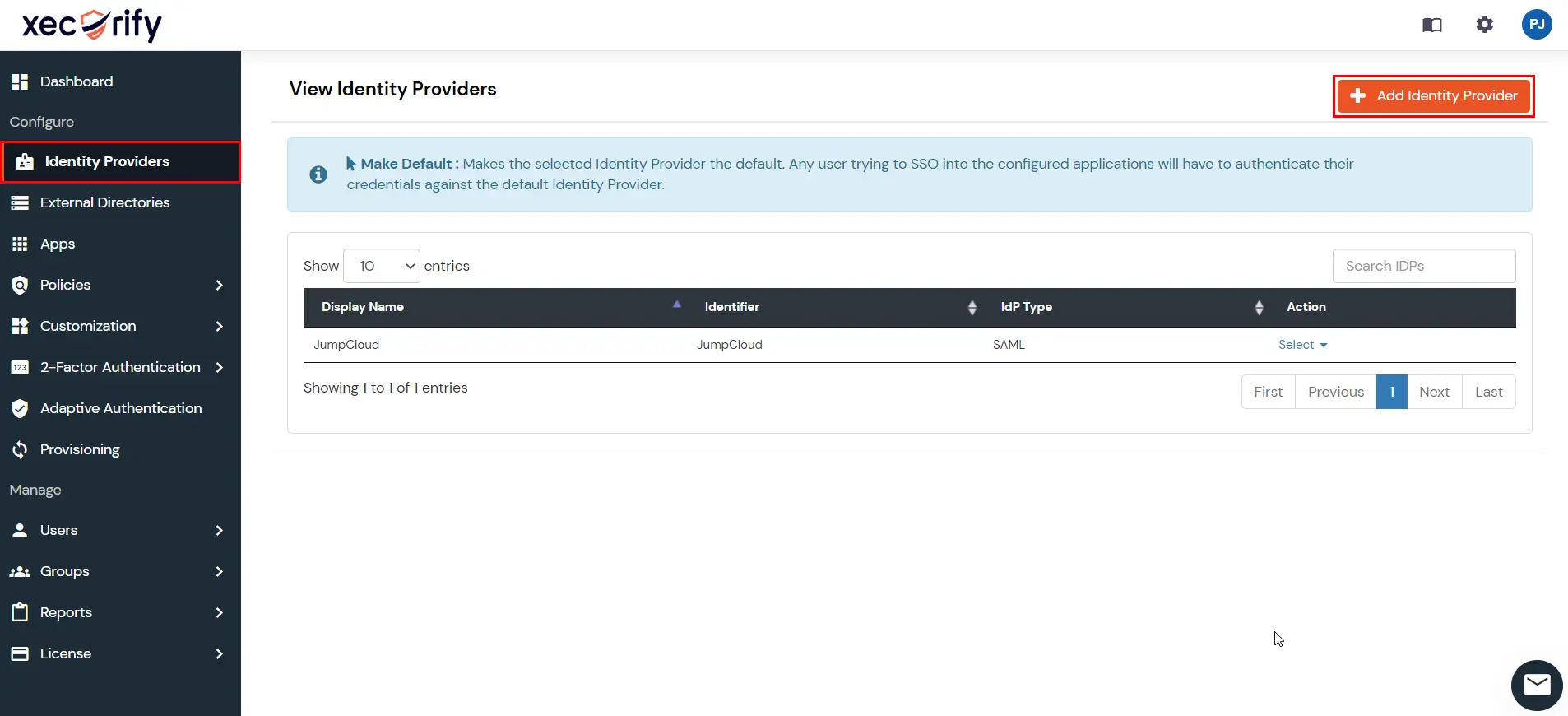
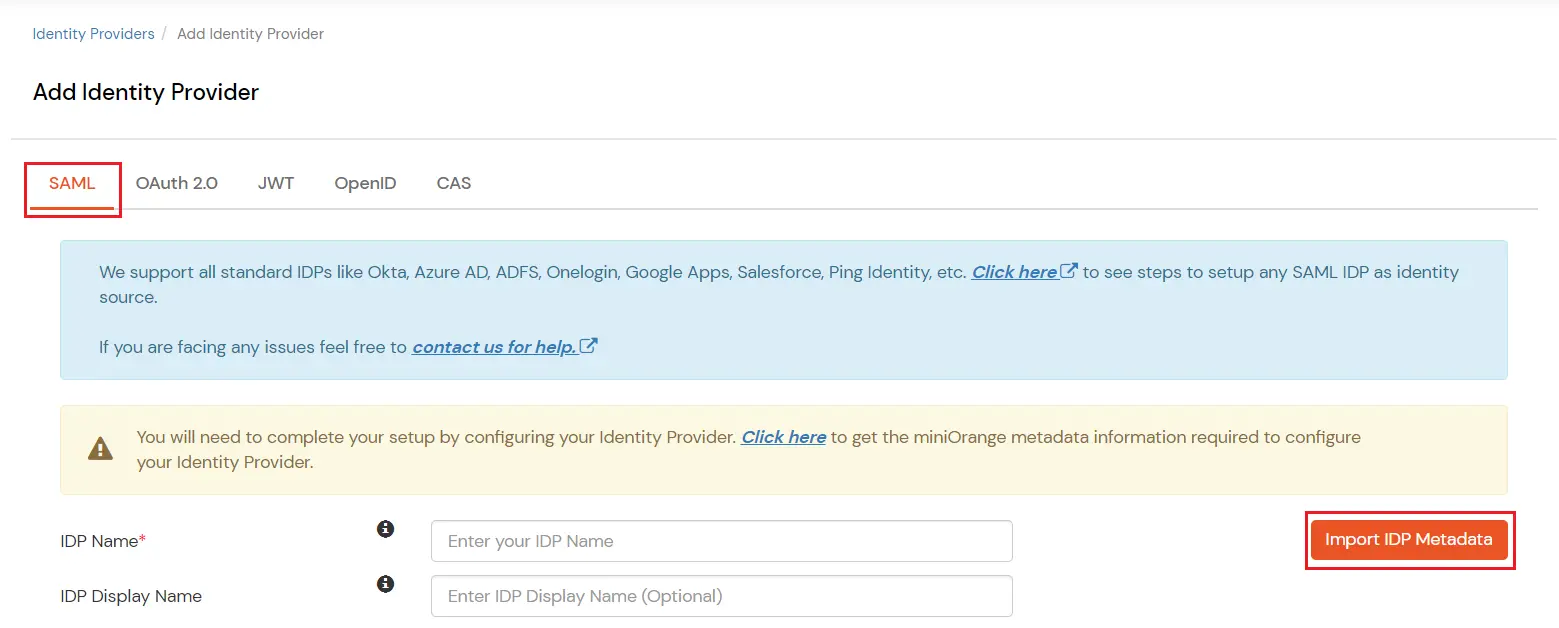




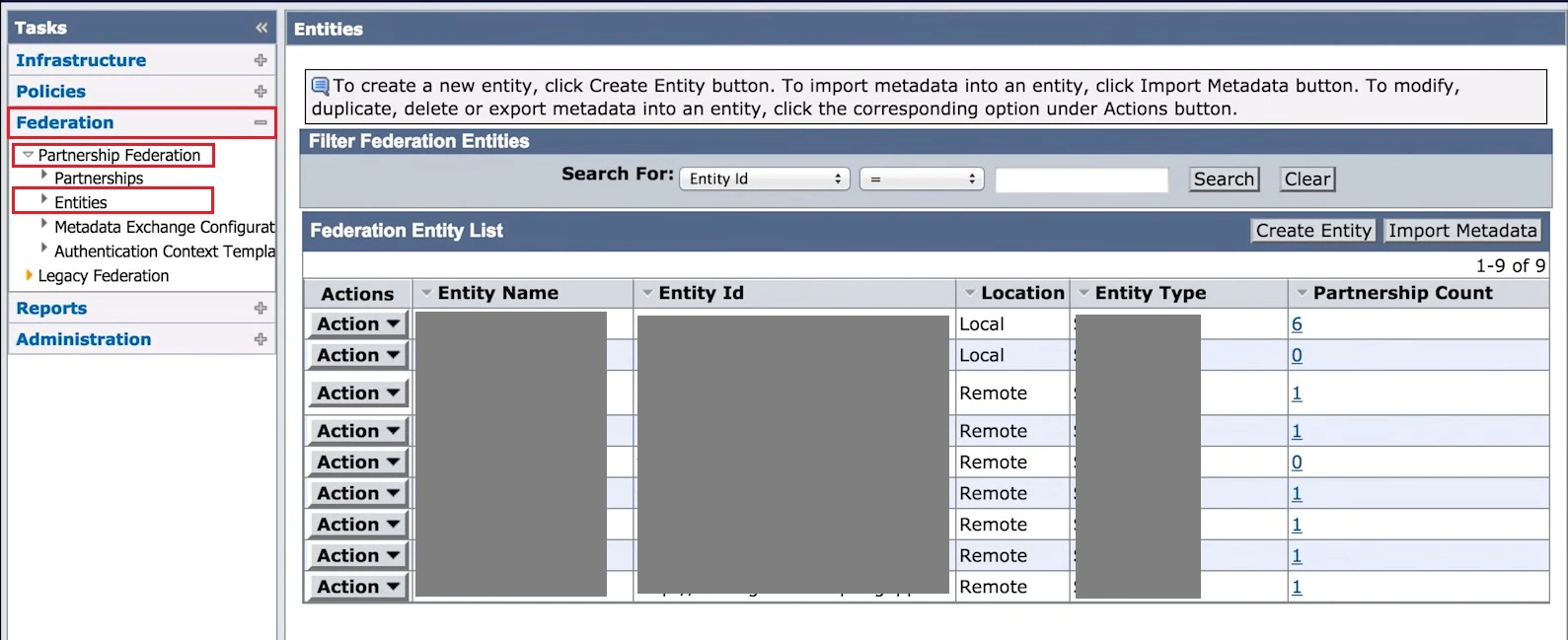
Create a Local Identity Provider

| Entity Location | Local |
| Entity Type | SAML2 IDP |
| Entity ID | Enter an ID for your local identity provider for identification. |
| Entity Name | Create a name for your local identity provider. |
| Base URL | Enter the fully-qualified domain name for the host service SiteMinder SSO Federation Web Services. |
| Signed Authentication Requests Required |
No |
| Supported NameID format | urn:oasis:names:tc:SAML:1.1:nameid-format:emailAddress urn:oasis:names:tc:SAML:1.1:nameid-format:unspecified |
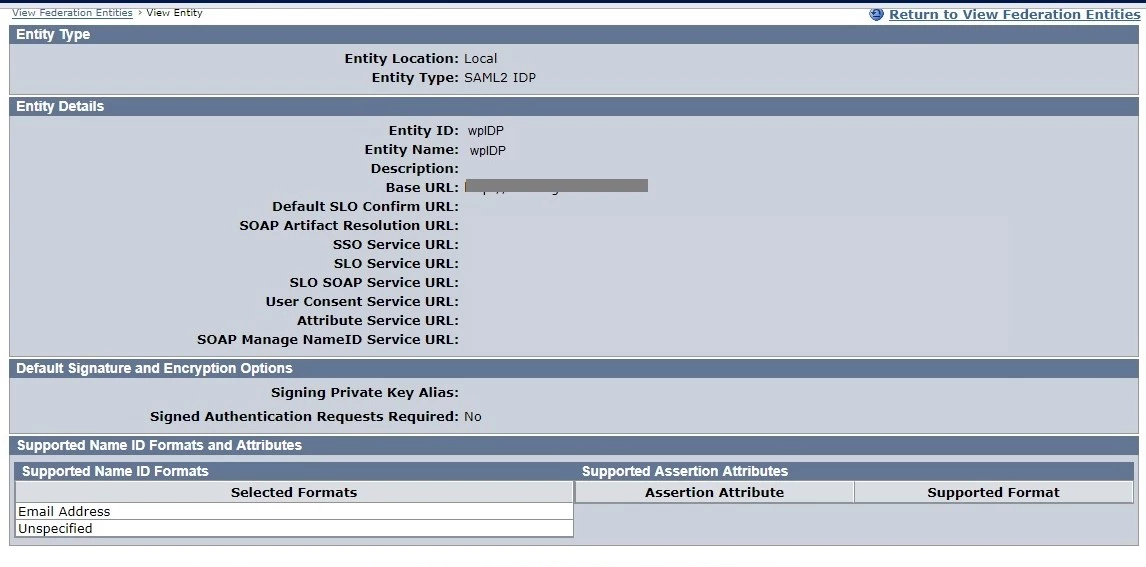
Create a Remote Service Provider
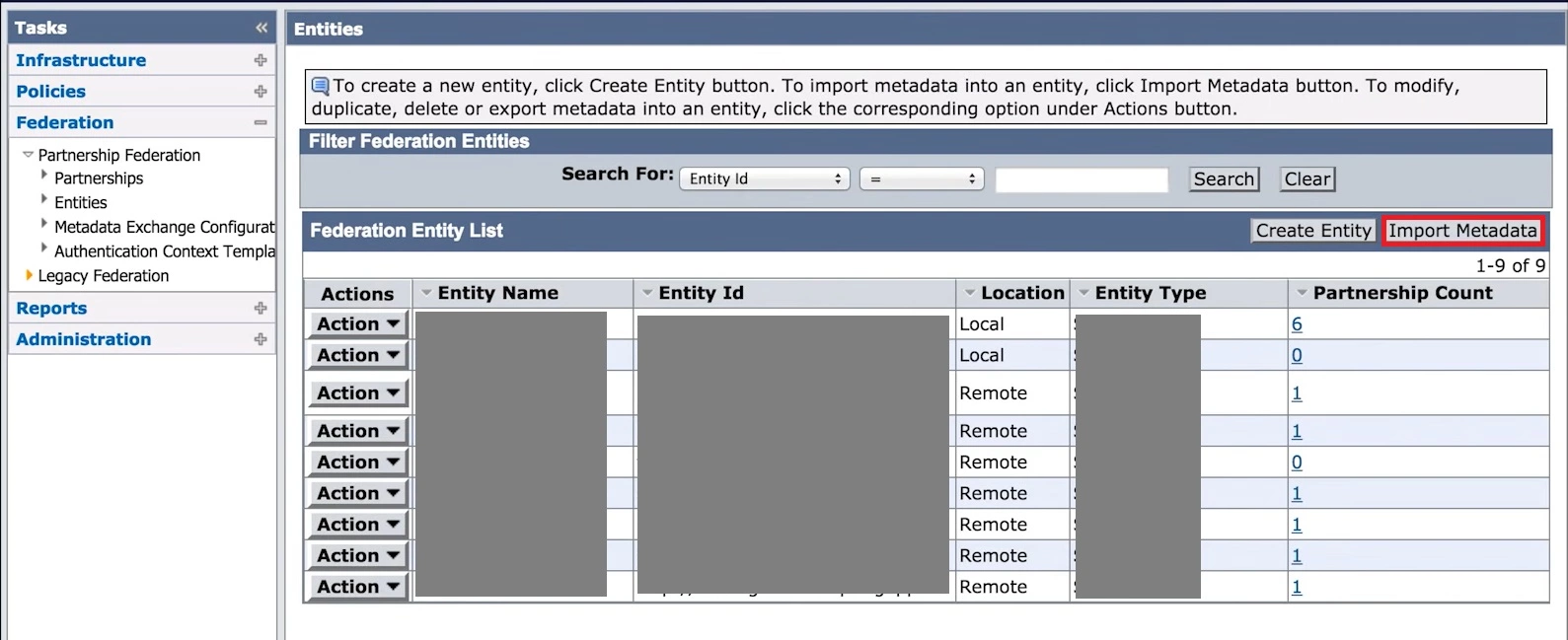
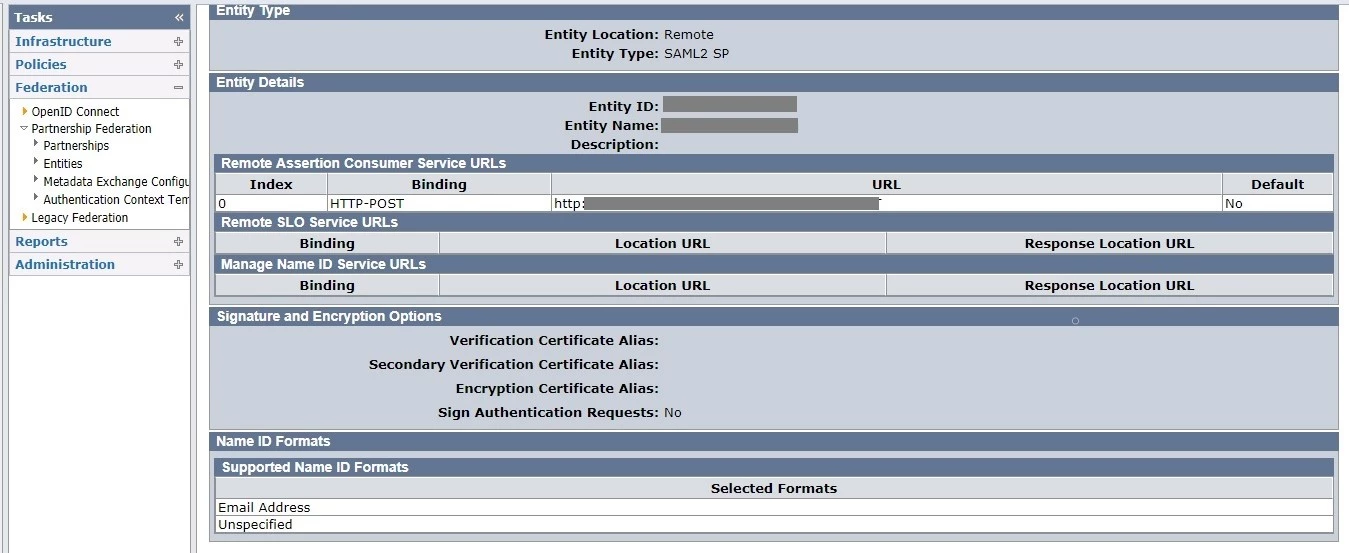
Create a Partnership between SP and IDP
| Add Partnership Name | Enter a name for your partnership. |
| (Optional) Description | Enter a relevant description for your partnership. |
| Local IDP ID | Enter the Local Identity Provider ID created while adding a Local Entity. |
| Remote SP ID | Enter the Remote Service Provider ID created while adding a Remote Entity. |
| Base URL | This field will be pre-populated. |
| Skew Time | Enter any skew time required by your environment. |
| User Directories and Search Order | Select the required directories in the required search order. |


Activate Partnership
You have successfully configured SiteMinder as SAML IdP (Identity Provider) for achieving SiteMinder SSO login.

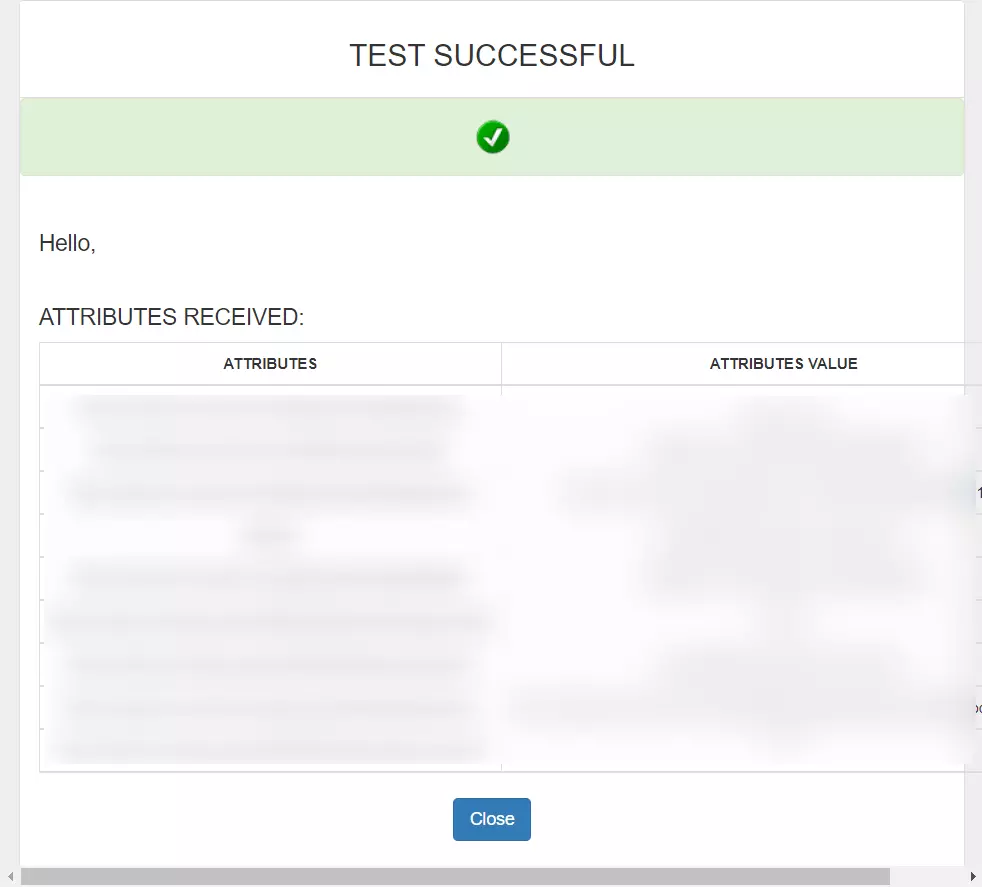
You can follow this guide, if you want to configure SAML/WS-FED, OAuth/OIDC, JWT, Radius etc
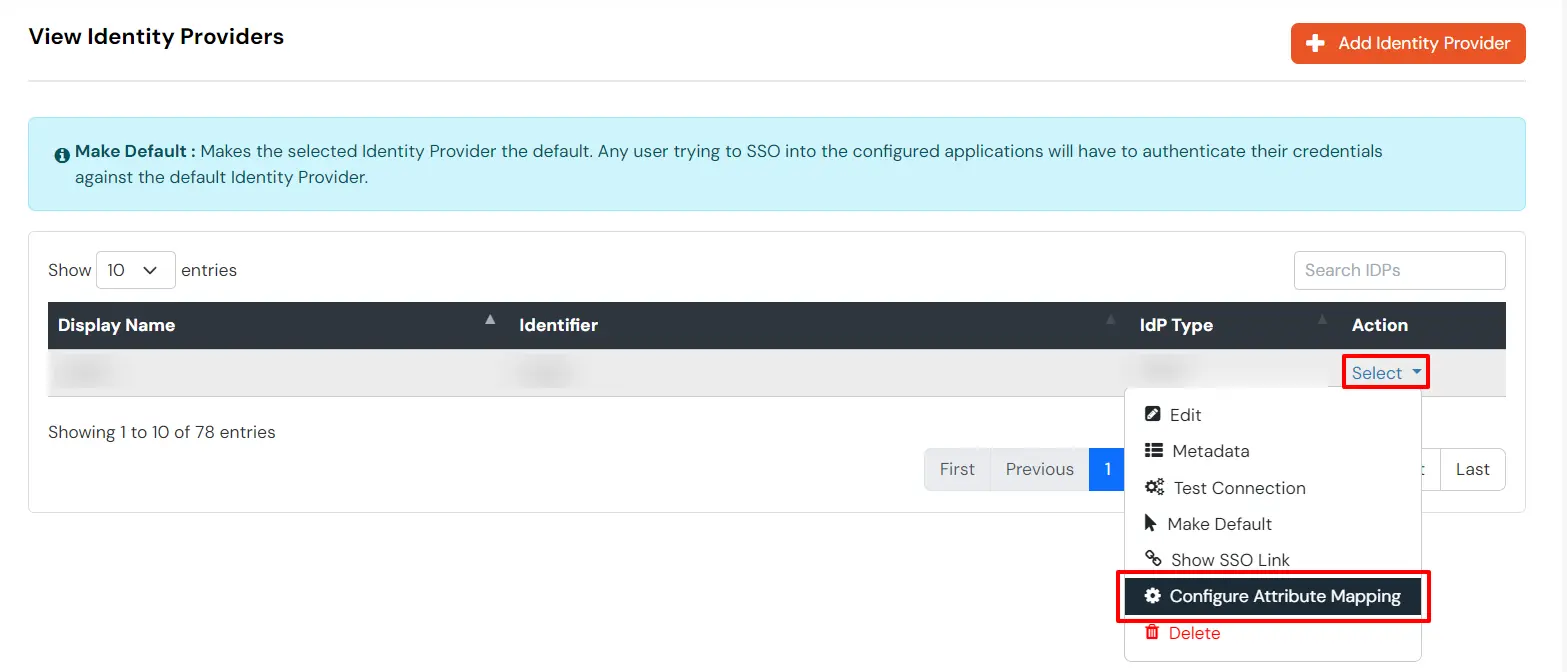
Maps information, such as email and username, during Just-In-Time (JIT) user creation. Email and Username attributes are necessary to create the user profile.
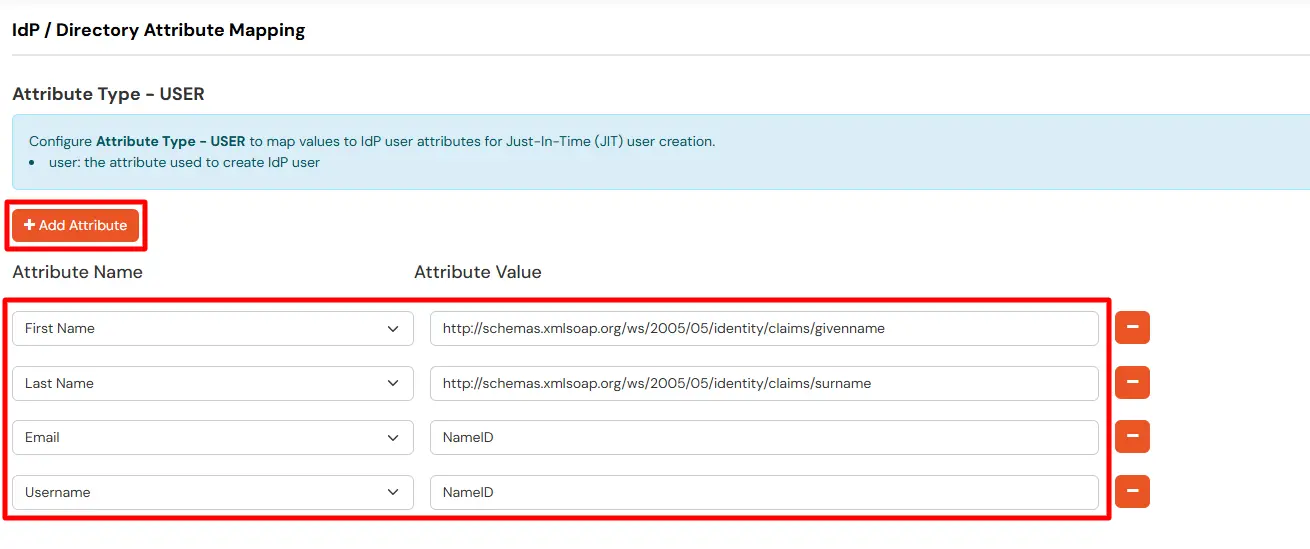
EXTERNAL mappings help alter incoming attribute names before sending them to apps, ensuring that the data is in the correct format.
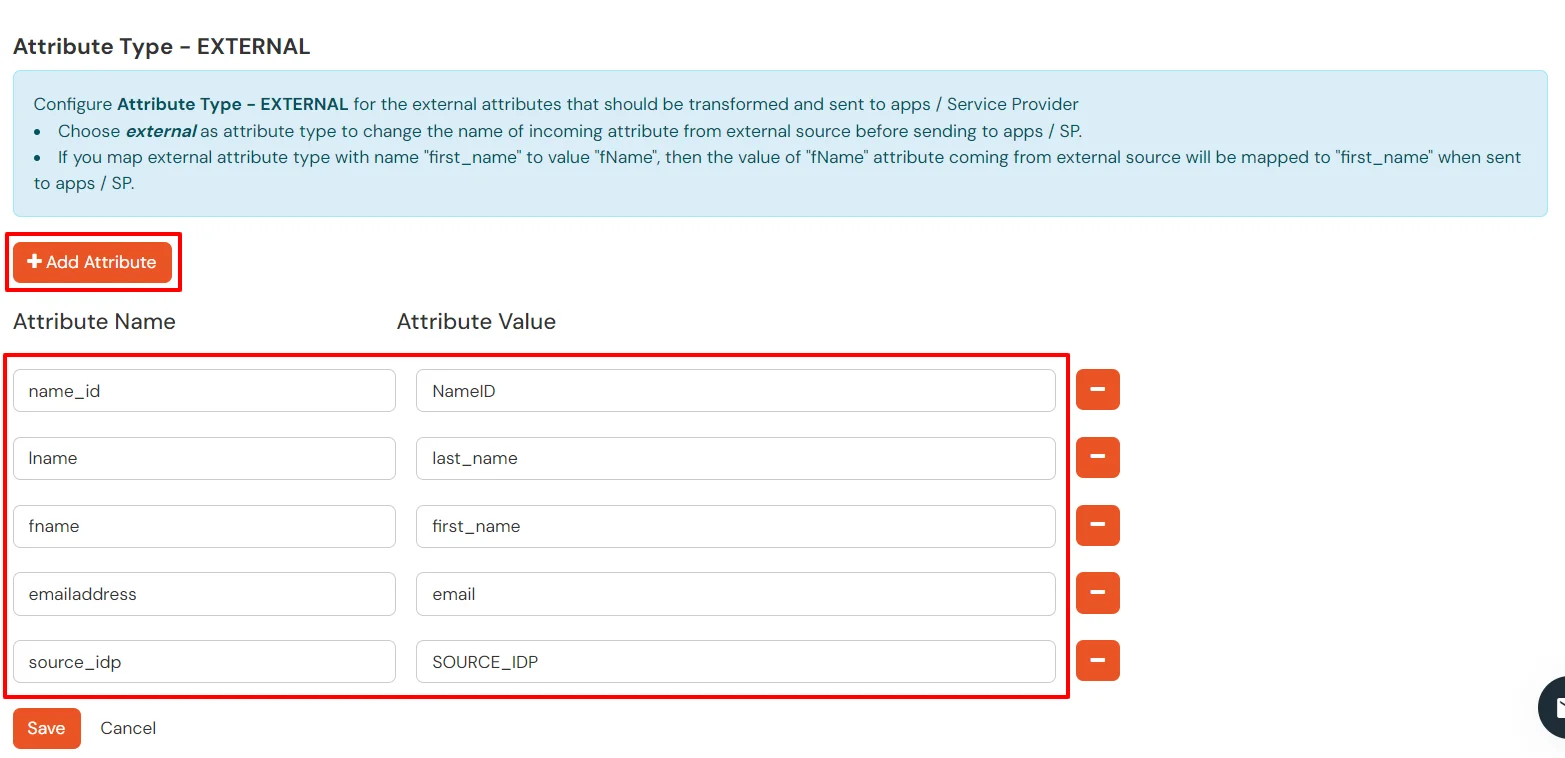
You can follow this guide, if you want to configure multiple IDPs (Identity Providers) and give users the option to select the IDP of their choice to authenticate with.
